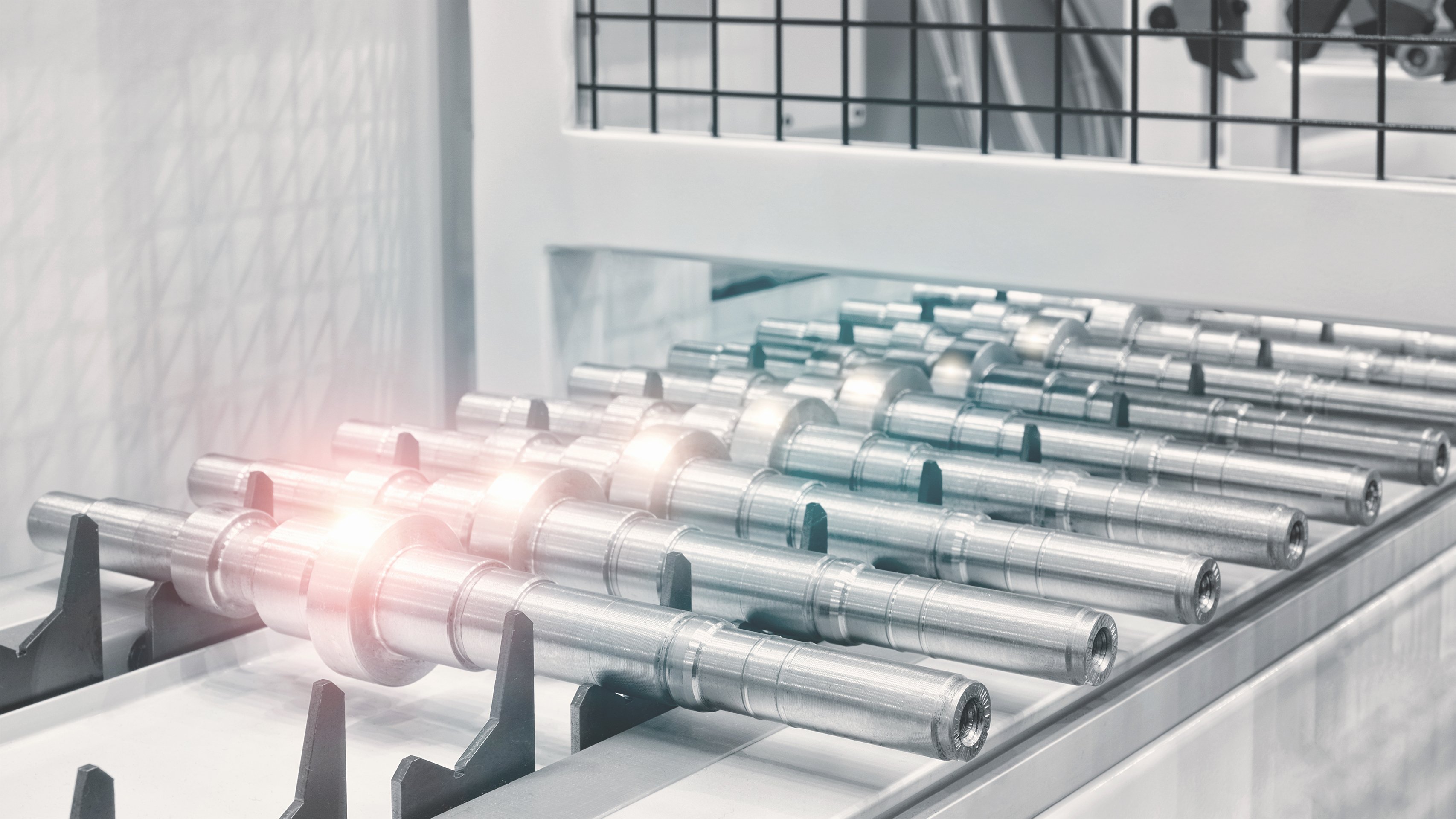Decoding Coercivity & Magnetic Saturation Testing: Industry Significance
In the realm of materials engineering and non-destructive testing (NDT), Coercivity and Magnetic Saturation Testing emerge as pivotal techniques. These methods are not just buzzwords in the scientific community; they hold immense importance, particularly in tooling, soft magnetic material testing, and semiconductor industries. Let's explore why these tests are vital and how they contribute to ensuring quality and reliability.
Understanding Coercivity and Magnetic Saturation
Before diving into their significance, let's grasp the essence of Coercivity and Magnetic Saturation.
Coercivity represents a material's resistance to changes in its magnetization state. Essentially, it measures the force required to demagnetize a material.
Magnetic Saturation, on the other hand, denotes the point at which a material cannot be further magnetized, even with increased magnetic field strength.
Importance in Tooling
In the world of manufacturing and engineering, precision and durability are paramount. Coercivity and Magnetic Saturation Testing play a crucial role here.
These tests ensure that the tooling has correct mechanical properties to perform the necessary cutting tasks. This mechanical stability is crucial for the longevity and performance of tooling, enabling them to withstand the rigors of operation without succumbing to failures due to incorrect material properties.
Significance in Soft Magnetic Material Testing
Soft magnetic materials, such as those found in transformers, motors, and electronic devices, require careful testing to ensure optimal performance. Understanding the energy efficiency of these materials in their end-use applications is crucial. The dynamic behavior of soft magnetic materials in magnetic circuits is characterized by relative permeability. Opting for low coercive soft magnetic materials allows for quick and frequent changes in polarity, leading to lower losses during operation.
Coercivity and Magnetic Saturation Testing facilitate the assessment of magnetic efficiency and stability in these materials. By understanding these properties, engineers can ensure that soft magnetic materials function optimally, contributing to the reliability and efficiency of electronic devices.
Vitality in Semiconductor Testing
Now, let's zoom into the semiconductor industry, where the role of magnetic differences becomes even more crucial.
Semiconductors consisting of transistors and diodes serve as vital components for electronic devices, regulating the flow of electricity to achieve desired results. Available in various configurations, from pure single-material compositions to more complex multi-material variants, they enable specific functions. As a result, ensuring the precise design and accurate manufacturing of semiconductors is paramount.
The introduction of magnetic influences into semiconductors can have a profound impact on their operational capabilities. These variations could potentially disrupt the control of electrical circuits in devices like MRI machines, potentially compromising their overall performance.
In essence, Magnetic Saturation Testing can play a vital role in semiconductor testing by ensuring that magnetic properties are minimal and consistent across devices. This consistency is essential for achieving uniform performance and reliability in electronic devices.
Conclusion
In conclusion, Coercivity and Magnetic Saturation Testing are not mere technicalities; they are pillars supporting quality and reliability across various industries.
From enhancing tooling performance to optimizing soft magnetic materials and ensuring the uniformity of semiconductor devices, these tests are indispensable. By understanding and controlling magnetic properties, engineers can achieve greater efficiency, reliability, and innovation in their products and processes.
With the help of the FOERSTER KOERZIMAT, which offers a precise, automatic, and fast measuring system for magnetic values of materials, with options to measure coercivity (HCJ), weight-specific saturation polarization (σs), and volume-specific saturation polarization (Js), it provides comprehensive insights.
The measurement is largely geometry-independent, facilitating testing of complex-shaped samples. Additionally, the KOERZIMAT J-H extension enables the determination of the complete J-H hysteresis, including the initial curve of soft magnetic steels, through a user-friendly procedure on round bars or sheet samples.
Share this
You May Also Like
These Related Stories

Harmonic analysis - 4 points to consider for eddy current testing

What are the most significant properties assessed during materials testing?

